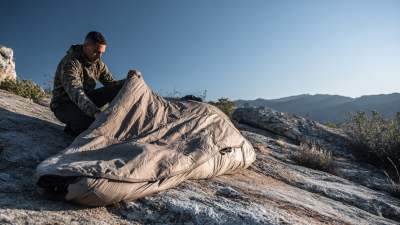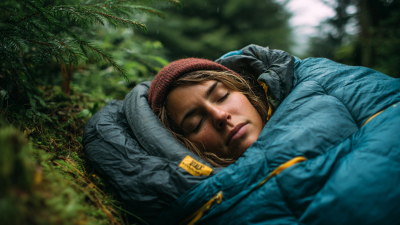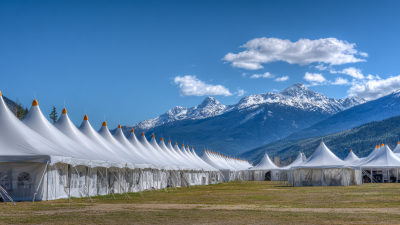Leave Your Message
-
E-mail
-
Whatsapp
When embarking on an outdoor adventure, the significance of choosing the right gear cannot be overstated, and one of the most critical items on any adventurer's checklist is the sleeping bag. According to a recent report by the Outdoor Industry Association, approximately 45% of camping enthusiasts consider a good sleeping bag essential for a comfortable night under the stars. This guide dives into the world of Top Sleeping Bags, providing insights that cater to every outdoor experience, from summer camping to winter expeditions. With advancements in insulation technology and materials, the selection of sleeping bags has expanded significantly, ensuring better warmth-to-weight ratios and increased durability. Whether you are a casual camper or a seasoned backpacker, understanding the various styles, temperature ratings, and features available in today’s market is crucial for making an informed choice that will enhance your outdoor experiences.

When choosing the best sleeping bags for various adventures, it’s essential to focus on key features that ensure comfort, warmth, and durability. One of the most critical aspects is insulation, which comes in two main types: down and synthetic. According to the Outdoor Industry Association, sleeping bags with down insulation offer a superior warmth-to-weight ratio, making them ideal for backpacking in colder conditions. However, synthetic bags are often more affordable and maintain their insulating properties when wet, making them a reliable choice for unpredictable weather.
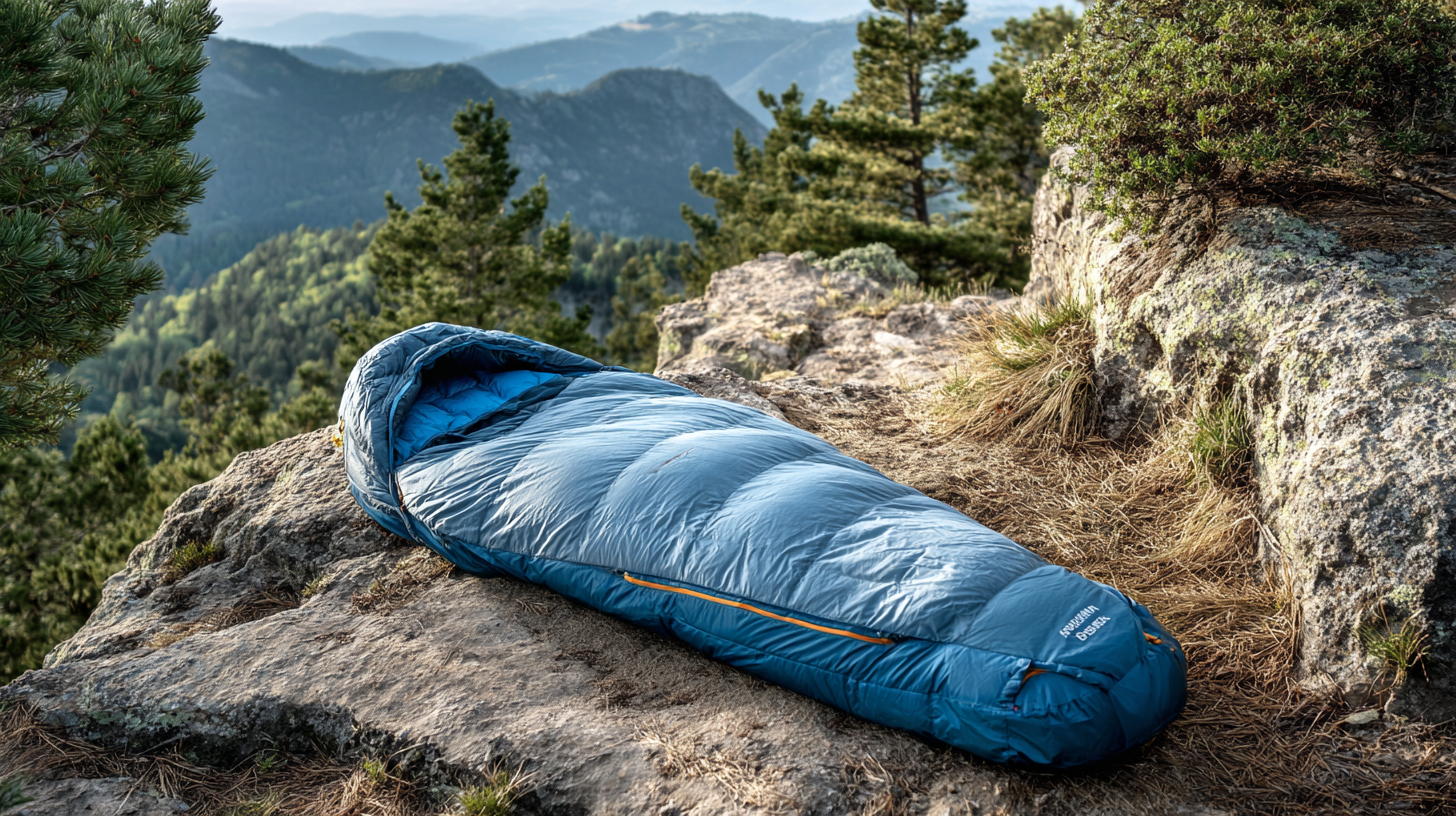
Another crucial feature to consider is the temperature rating. The American Camp Association recommends selecting a sleeping bag rated for at least 10°F lower than the coldest temperatures you expect to encounter. This can significantly enhance your outdoor experience, as being cold at night can negatively affect your overall adventure. Additionally, factors such as bag shape—the classic rectangular versus the more form-fitting mummy—play a role in insulation efficacy and comfort. A study from the Journal of Adventure Education and Outdoor Learning indicated that a snug fit in a mummy bag can reduce heat loss, making it a preferred option for many winter campers.
Prioritizing these essential features will help you choose a sleeping bag that suits your adventures perfectly.
When preparing for an outdoor adventure, choosing the right sleeping bag is crucial. There are three main types of sleeping bags designed for various outdoor conditions: rectangular, mummy, and semi-rectangular. Rectangular bags offer spaciousness, making them ideal for car camping, while mummy bags are perfect for backpackers seeking warmth and compactness. Semi-rectangular bags bridge the gap, providing a balance between roominess and thermal efficiency.
The outdoor gear equipment market is booming, with a projected valuation of $61.7 billion in 2025, anticipated to grow to $111.68 billion by 2035. This surge indicates a rising interest in outdoor activities and the importance of quality gear like sleeping bags. The emphasis on lightweight sleeping bags, particularly those ideal for backpacking, is a testament to this trend. Enthusiasts are increasingly favoring ultralight designs that ensure comfort without the added weight, making their outdoor experiences more enjoyable and accessible.
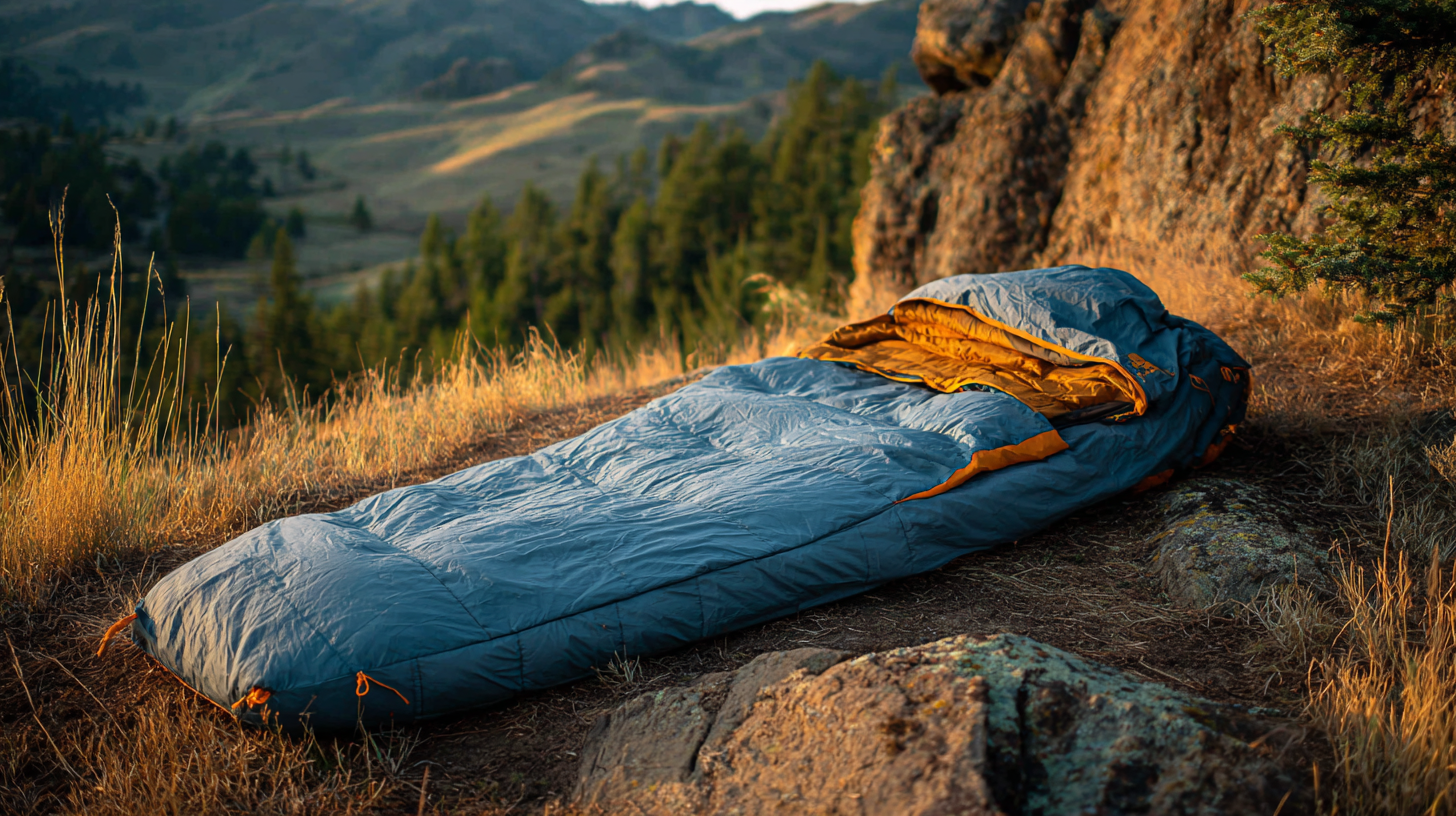
Choosing the right sleeping bag size is crucial for ensuring a comfortable night’s sleep during your adventures. According to the Outdoor Industry Association, nearly 70% of outdoor enthusiasts report that improper gear fitting negatively impacts their overall camping experience. When selecting a sleeping bag, consider your height and body type—most manufacturers provide size guidelines that typically range from short to long, accommodating various shapes. For instance, a sleeping bag meant for individuals under 5'5" may not provide adequate space for someone taller, which can lead to heat loss and discomfort.
In addition to length, it’s essential to consider the width of the sleeping bag. A bag that is too narrow can restrict movement, affecting sleep quality. Research from the American Camping Association suggests that a bag should be at least 10 inches wider than your shoulders for optimal support. Moreover, if you plan to layer your clothing or if you often sleep with a partner, selecting a wide or rectangular sleeping bag can enhance your comfort on chilly nights. By understanding these sizing factors, you can make a more informed decision and invest in a sleeping bag that meets your needs across multiple camping excursions.
When it comes to choosing the ideal sleeping bag for your adventure, the fabric plays a crucial role in determining comfort, warmth, and portability. There are four primary material options, each with distinct advantages: synthetic, down, cotton, and fleece. Synthetic sleeping bags are durable and resistant to moisture, making them an excellent choice for wet environments. They provide good insulation even when wet, ensuring you stay warm in various conditions.
Down sleeping bags, on the other hand, offer exceptional warmth-to-weight ratios and compressibility. They are perfect for backpackers looking to save space without sacrificing comfort. However, it's essential to choose high-quality down that is ethically sourced and hydrophobic to maintain performance in damp conditions.
For those who prioritize comfort over weight, cotton and fleece sleeping bags offer cozy experiences but can be bulkier. Cotton is breathable and soft, ideal for car camping or casual trips, while fleece adds warmth and is great for mild climates.
**Tips:** Always consider the weather and environment of your adventure when selecting the material. If heading into unpredictable weather, a synthetic bag may be your safest bet. Additionally, check the bag's temperature rating to ensure it matches your expected conditions. Lastly, choose a material that aligns with your adventure style—durability for rugged terrains or lightweight for extensive hikes.
| Sleeping Bag Type | Material | Temperature Rating (°F) | Weight (lbs) | Best Use |
|---|---|---|---|---|
| Mummy | Down | 20 | 2.5 | Backpacking |
| Rectangular | Synthetic | 35 | 5.0 | Car Camping |
| Semi-rectangular | Hybrid (Down/Synthetic) | 30 | 3.5 | Versatile Use |
| Bivy Sack | Waterproof Nylon | 25 | 1.0 | Minimalist Hiking |
When it comes to maximizing the longevity and performance of your sleeping bag, proper care is essential. According to a report by Outdoor Industry Association, up to 70% of outdoor gear failures stem from improper maintenance. Here are six key care tips to help you extend the life of your sleeping bag.
Firstly, always utilize a sleeping bag liner. This not only provides an additional layer of warmth but also protects your sleeping bag from body oils and dirt, which can degrade insulation over time. It is suggested that cleaning may only be required every few trips, thereby reducing wear on the bag itself. Additionally, regular washing is crucial — aim to wash your sleeping bag at least once a year, or more frequently if you're a frequent adventurer. Use a gentle, non-detergent soap and a front-loading washing machine to avoid damaging the baffles.
Storage is also vital for your sleeping bag's longevity. According to research by the American Alpine Institute, compressing your sleeping bag for extended periods can lead to irreparable loss of insulation loft. Instead, opt for a larger storage sack and keep your sleeping bag uncompressed in a cool, dry place. Lastly, always inspect your sleeping bag for any rips or tears after Adventures. Prompt repairs can prevent further damage, ensuring your sleeping bag remains your trusty companion for years to come.
